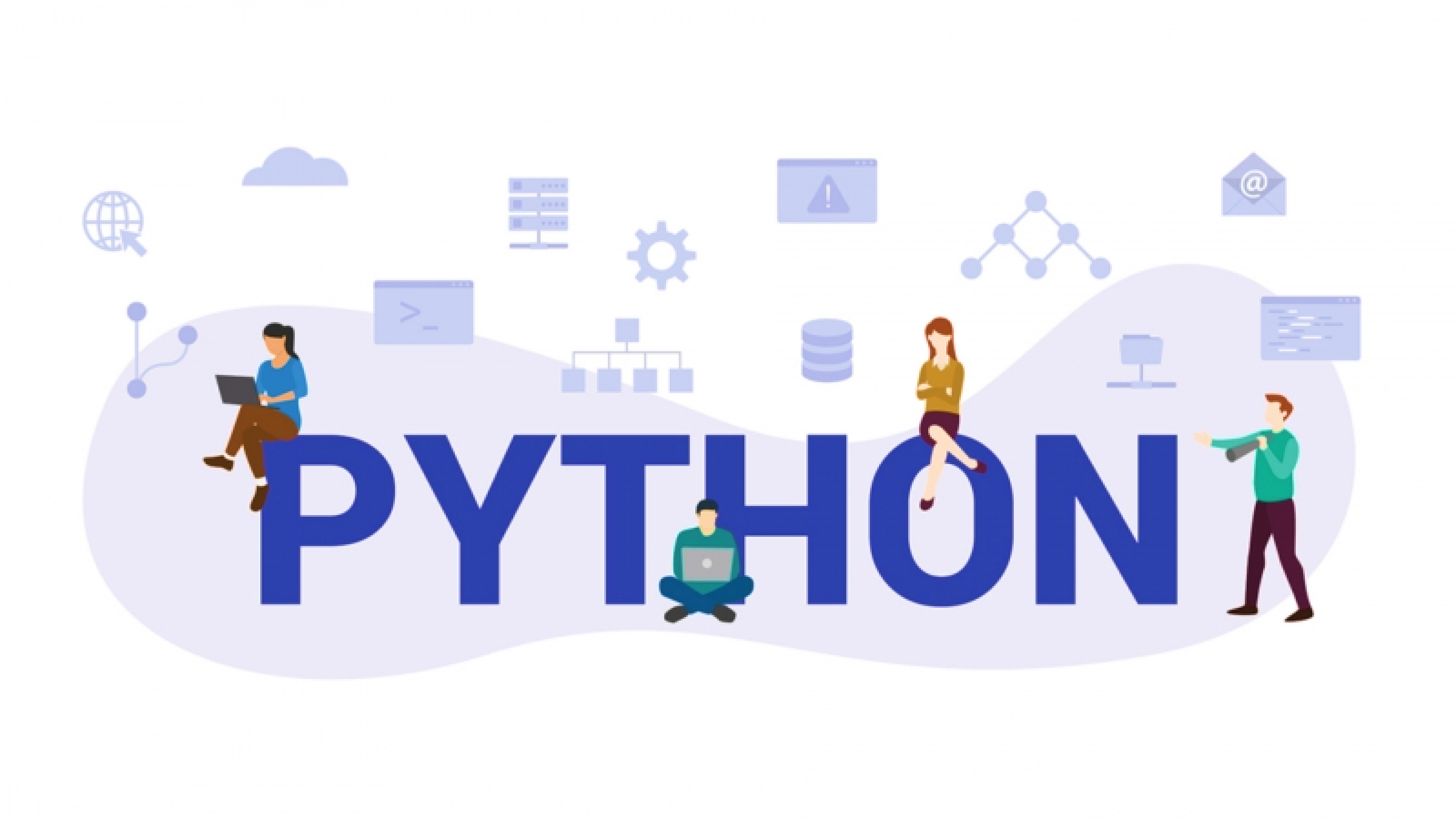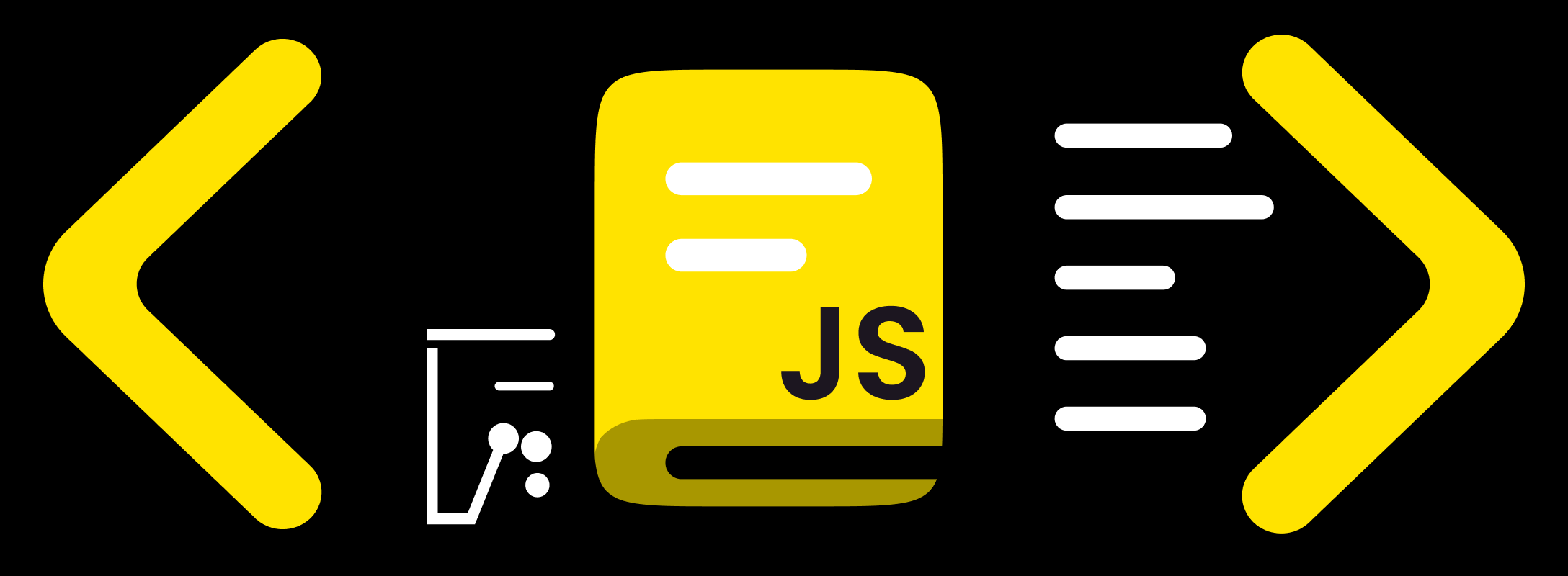Javascript Vs Python. What to Choose ?
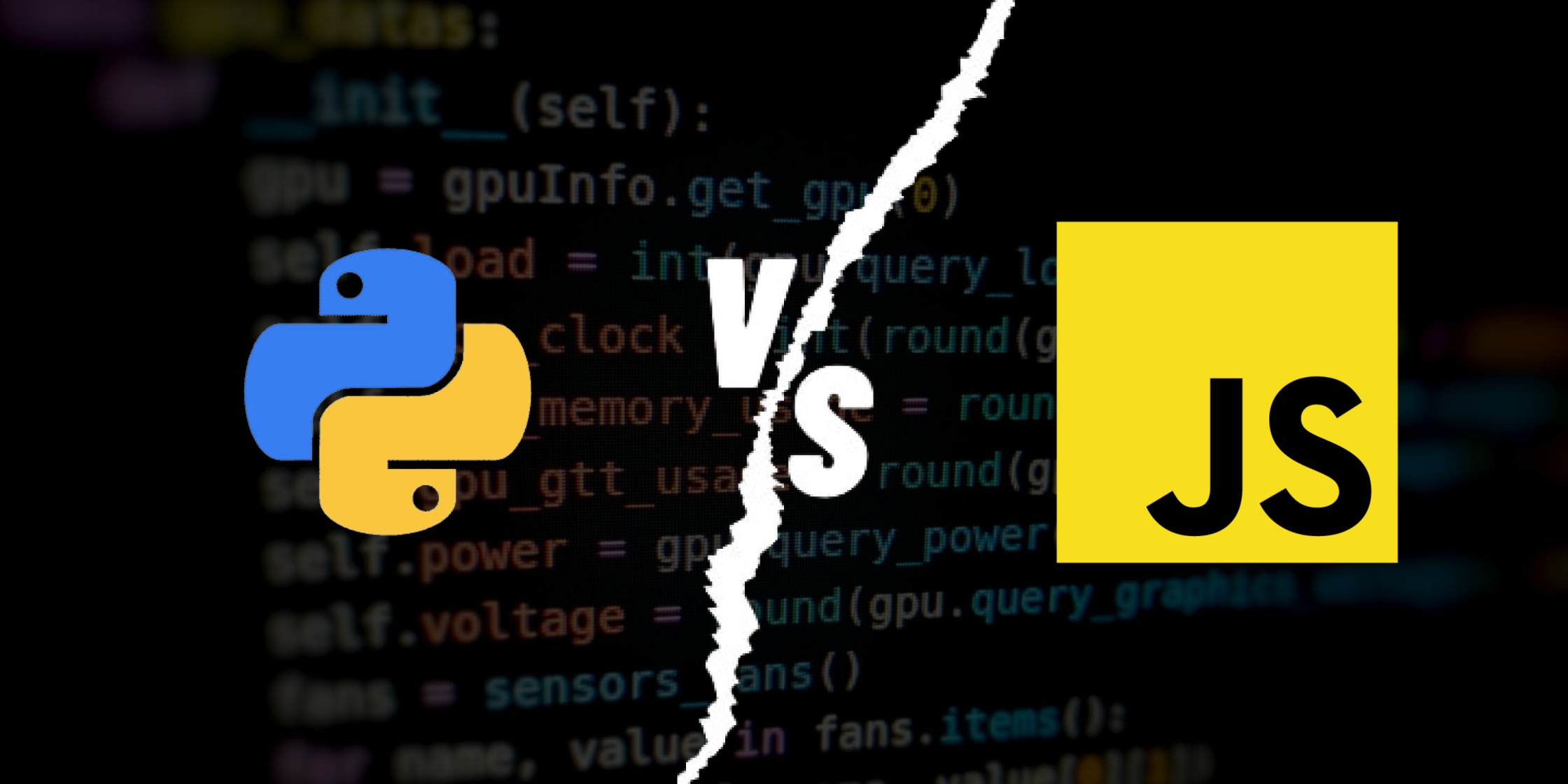
In the world of making computer programs, things can be very uncertain and always changing. If you've been in this job for a while, you know there are a lot of new things all the time.
Some ideas become really popular, but others don't get much attention at all. So, when you start a new project, it's important to pick something that a lot of people like and use.
Today, we want to talk about two famous computer languages that we really like, Python and JavaScript. We hope this helps you with the tricky choice of which one to use.
What is Python?
Python is like a super tool used in all sorts of science work around the world. It's a type of computer language that can do many different things. People use Python for studying data, making smart computer programs, developing desktop applications, learning about computers, looking at pictures, helping in medicine and biology, and even studying stars.
Python is also used to build websites, but it works on the parts you can't see, like the server side, which is different from what you usually see on your screen.
This language is widely preferred because Python is easy to learn and use. It helps people write code without having to repeat themselves, which makes keeping the program running smoothly cheaper. Python is really good at working with complex programs because it can handle a lot of data and make decisions on its own.
A lot of scientists and engineers like using Python, especially those working on machine learning (a type of smart computer program), because it's powerful and can do many things. It's also popular for creating websites in the background, where it handles all the heavy lifting without being seen. Nearly 8 out of 10 people who make machine learning apps prefer Python.
Use of Python
Python has emerged as a critical tool across a broad spectrum of scientific fields, owing to its flexibility and comprehensive capabilities. As a versatile programming language, it supports various programming paradigms, making it a go-to choice for a myriad of applications.
From data analysis and artificial intelligence to machine learning, educational purposes in computer science, computer vision, image processing, healthcare, biology, and even the exploration of outer space, Python's reach is vast. Python is even used in enterprise solutions such as building an inventory management system.
Additionally, Python plays a significant role in web development, particularly in back-end development. Python is an incredibly versatile choice when it comes to backend development but is often hotly debated alongside Node.js as to which is the right choice. Check out our full comparison of Node.js and Python.
Unlike front-end development, which focuses on the aspects of a website that users interact with directly, back-end development involves working on the server-side, which users don't see, to build and manage the website's infrastructure.
This is a domain where Python's utility can be juxtaposed with that of JavaScript, highlighting its versatility in both visible and behind-the-scenes web development tasks.
Read More: How to Build a Mobile App in Python?
Features of Python
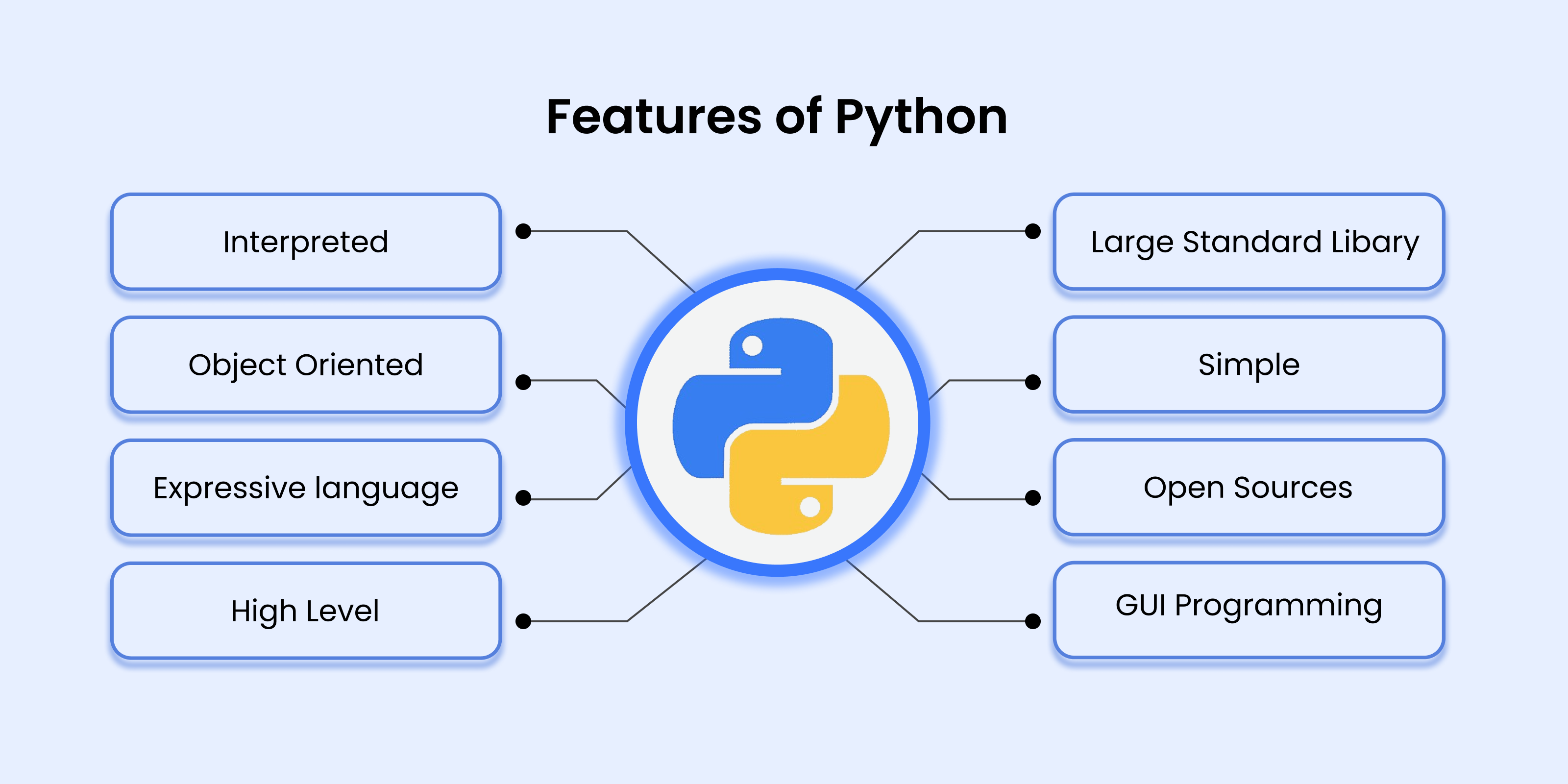
Python stands out as a straightforward and advanced programming language. It's freely available to everyone and supports object-oriented programming, making it a versatile tool for developers.
Python comes equipped with an extensive standard library, offering a wide array of modules and functions to streamline coding tasks.
This programming language is recognized for its dynamic typing capability, enhancing its flexibility. Additionally, Python is enriched with various libraries, further expanding its utility and efficiency in solving complex problems.
Characteristics of Python
When it comes to Python's characteristics, it's not just limited to object-oriented programming; it also embraces functional and structured programming approaches.
This versatility allows for the development of large-scale applications, either through scripting or by converting the code into byte-code for execution.
Python excels in dynamic type checking, allowing developers to work with high-level dynamic data types effortlessly. The language simplifies memory management through automatic garbage collection, eliminating the need for manual cleanup.
Moreover, Python boasts excellent compatibility, offering seamless integration with other programming languages and technologies such as Java, C, and C++. Python is also greate for API integrations such as Tweepy used for making Twitter bots in Python.
This feature makes it an incredibly adaptable and powerful tool in the developer's toolkit, suitable for a broad range of programming needs.
Major software companies using Python
Python has become a cornerstone in the tech stacks of major software companies, powering critical components of their operations. One of the reasons is that Python development could be very cost effective at times. Some notable companies leveraging Python include:

Python plays a pivotal role in various Google services and projects, including YouTube, Google Search, and Google Cloud Platform.
Its simplicity, versatility, and extensive library support make it a preferred language for rapid development and scalability.

Python is widely used at Netflix for backend services, data analysis, and infrastructure management. Tools like the Python-based framework Flask are utilized for building web applications, while libraries like Pandas and NumPy are employed for data processing and analysis.

Python is integral to Amazon's development ecosystem, supporting services like Amazon Web Services (AWS) and Alexa. AWS provides a range of Python SDKs for seamless integration with its cloud services, facilitating robust application development and deployment.
Instagram

Python is the primary language used for backend development at Instagram, powering its vast social media platform. Django, a Python-based web framework, is utilized for building and maintaining Instagram's web infrastructure, ensuring scalability and performance.
Spotify

Python is extensively used at Spotify for backend services, data analysis, and machine learning applications. Frameworks like Flask and Django enable rapid development of web services, while Python's data science libraries support advanced analytics and recommendation systems.
These companies showcase Python's versatility and effectiveness across diverse domains, reaffirming its status as one of the most prominent programming languages in the tech industry.
Read More: How to Outsource Python Development?
What Is JavaScript?
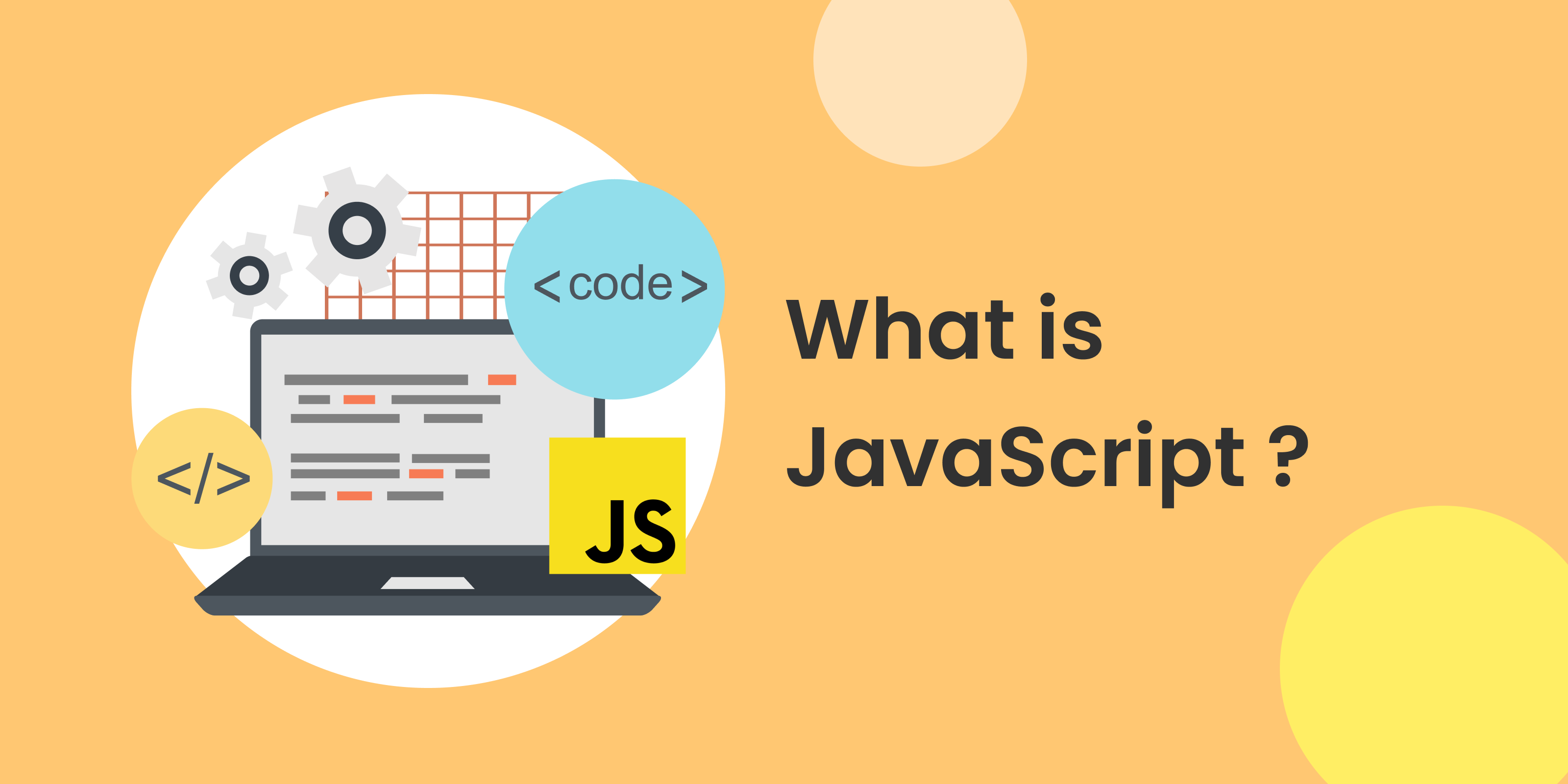
JavaScript stands out as a versatile scripting language initially designed to enhance the interactivity of web pages.
Its role extends beyond static display, encompassing tasks such as animating graphics, creating interactive maps, or facilitating video scrolling. As an object-oriented language, JavaScript complements the capabilities of CSS and HTML.
Unlike Python, commonly employed for back-end web development, JavaScript takes center stage in both back-end and front-end development. Node.js is a great JS framework for backend development, read our full comparison of Node.js and Python.
The front end, the user-facing part of an application, relies on JavaScript for seamless interaction. Whether navigating websites or web applications, users engage with JavaScript "behind the scenes."
This extends to mobile app development, where frameworks like React Native empower developers to write applications adaptable to various platforms, often leveraging JavaScript. Check out how does React Native differ from React.
The language's popularity in web development stems from its adaptability and robust toolset for building web application components.
JavaScript, with its interpretive nature and object-oriented features, serves as a scripting language, streamlining the automation of website and app processes.
Originally conceived as a front-end language to introduce dynamic functionality to browsers, JavaScript's significance soared with the emergence of Node.js in 2009, enabling developers to use it for both client-side and server-side code.
Crucially, JavaScript code translation occurs within browsers, eliminating the need for compilation.
Widely embraced by global web developers, JavaScript's journey began with the name LiveScript, later changed by Netscape to JavaScript. Introduced in Netscape 2.0 in 1995, it became a foundational element in browsers like Netscape, Internet Explorer, and others.
Use of JavaScript
JavaScript is a programming language that has become essential for developers, playing a crucial role in making websites interactive. Initially designed for making web pages come to life, JavaScript does what HTML and CSS alone can't do.
While HTML handles the structure of a page and CSS adds style to it, JavaScript brings interactivity, allowing users to engage with web content in dynamic ways.
This scripting language opened the doors to interactive websites. Imagine a website that responds to your actions - that's JavaScript at work.
It lets us add interactive elements like dropdown menus, hover effects, animations, and more, making the web experience far more engaging.
JavaScript started as a tool for enhancing the user experience on the front end of websites but has since expanded its reach. Now, it's also a key player in server-side (back-end) development.
This versatility means that JavaScript is not just for making web pages interactive but also for processing data on the server.
In short, JavaScript is pivotal for creating web pages that users can interact with, making it an indispensable tool in the web development toolkit.
Features of JavaScript
JavaScript is an object-based scripting language known for its versatility. It operates as an interpreted language, meaning that the JavaScript engine executes statements one by one.
This grants users enhanced control over web browsers and enables both clients and servers to utilise its capabilities.
One of JavaScript's standout features is its robust DOM manipulation functionality, empowering developers to dynamically alter webpage content. Additionally, it facilitates the creation of engaging interactive components, enriching user experiences.
Characteristics of JavaScript
In terms of characteristics, JavaScript's client-side nature allows for on-the-fly calculations within the browser, reducing reliance on server requests for simple tasks.
This efficiency becomes evident when repetitive calculations are required, saving users time and resources.
Being interpretable directly by browsers, JavaScript sidesteps compatibility and compilation issues, ensuring smooth functionality across various platforms, including Windows, Macintosh, and others that support Netscape.
Its seamless integration with HTML and other scripts further enhances its utility.
JavaScript's ability to accurately detect user browser and operating system details proves invaluable, particularly when tailoring code for specific browser behaviours.
This feature facilitates the creation of code that adapts to different browser environments seamlessly.
Moreover, JavaScript simplifies form validation processes, swiftly detecting input errors before data transmission to the server.
This functionality enhances user experience by preemptively addressing common mistakes, such as empty mandatory fields or incorrect data formats.
Major software companies using JavaScript
Several major software companies leverage JavaScript extensively in their products and services. Some notable examples include:
Microsoft utilises JavaScript in various aspects of its software ecosystem, including web development with frameworks like React.js and for building cross-platform desktop applications with technologies like Electron.
Uber employs JavaScript in its frontend development to create interactive user interfaces for its mobile and web applications. Frameworks like React Native may also be used for mobile app development.
As the creator of React.js, Facebook heavily relies on JavaScript for building its web and mobile applications. Additionally, JavaScript plays a crucial role in powering the interactive features and dynamic content on the Facebook platform.
PayPal utilises JavaScript extensively for frontend development to enhance user experience on its website and mobile applications. JavaScript frameworks like Angular and React might be used to develop complex web applications.
JavaScript is fundamental to eBay's frontend development efforts, enabling the creation of dynamic and responsive user interfaces for its online marketplace. JavaScript frameworks and libraries are likely utilised to streamline development processes and enhance performance.
These companies showcase the widespread adoption of JavaScript across various domains, highlighting its importance in modern software development.
JS vs Python: Popularity
For the past eight years, JavaScript has consistently been the most popular programming language among developers, according to a 2021 survey by StackOverflow.
However, Python has made significant strides, moving up to the fourth spot and overtaking other major languages like Java, PHP, and C#.
Looking at the PYPL (Popularity of Programming Language Index) as of February 2022, Python is leading the pack as the number one programming language, judged by the number of Google searches for tutorials.
This suggests a growing interest in learning Python over others. JavaScript, while still in the top three, shows the varying preferences among those looking to pick up new programming skills or embark on development projects.
The TIOBE Programming Community Index also reflects Python's soaring popularity, placing it at the forefront and ending Java's two-decade reign. Meanwhile, JavaScript finds itself in the seventh position.
This ranking takes into account various factors, including the availability of skilled engineers, educational courses, and resources from third-party vendors.
When it comes to earnings, there's a slight difference between Python and JavaScript developers in the United States.
Data from Indeed shows that Python developers make an average hourly rate of $51, compared to $48 for those skilled in JavaScript.
Furthermore, StackOverflow's findings indicate that Python developers tend to have a slightly higher annual income, averaging around $116,000, versus about $110,000 for JavaScript developers.
These figures highlight the strong demand and attractiveness of both Python and JavaScript in the tech world.
Each language brings its own set of benefits and opportunities for those in the field of development.
JavaScript vs Python: Speed and Performance
JavaScript was originally designed to excel in web environments, prioritising speed. Compared to Python, JavaScript has a slight edge due to features like advanced multithreading in platforms like Node.js.
This allows JavaScript to handle real-time and dynamic interactions more efficiently, making it a popular choice for applications requiring quick responses, such as websites and ERP systems.
Big data-driven platforms like Facebook often opt for JavaScript to maintain smooth user experiences.
On the flip side, Python shines in CPU-intensive tasks, like processing large datasets for machine learning models. Its user-friendly syntax makes it ideal for developing sizable applications, especially those heavy on mathematical computations.
Despite being more geared towards I/O tasks, Instagram's backend is built using Python, showcasing its capability for rapid processing, especially when optimised with tools like NumPy or Cython.
In summary, JavaScript thrives in dynamic, real-time scenarios, while Python excels in handling intensive computational tasks, proving its versatility and performance when optimised effectively.
Code Comparison
Let's contrast Python and JavaScript with a simple code snippet demonstrating a FOR loop:
# Python code
for i in range(5):
print(i)
// JavaScript cdode
for(let i = 0; i < 5; i++) {
console.log(i);
}Variable Naming Conventions in Python and JavaScript
How to name variables in Python
In Python, we should use the snake_case naming style.
Therefore, a typical variable name in Python would look like this:
first_nameHow to name variables in JavaScript
In contrast, we should use the lowerCamelCase naming style in JavaScript. The name starts with a lowercase letter and then every new word starts with an uppercase letter.
Therefore, a typical variable name in JavaScript should look like this:
firstNameNone vs. null
In Python, there is a special value called None that we typically use to indicate that a variable doesn't have a value at a particular point in the program.
The equivalent value in JavaScript is null, which "represents the intentional absence of any object value" (source).
How to Write Comments in Python and JavaScript
Comments are very important to write clean and readable code. Let's see how you can use them in Python and JavaScript:
Single-Line Comments
- In Python, we use a hashtag (
#) to write a comment. All the characters on the same line after this symbol are considered part of the comment. - In JavaScript, we write two slashes (
//) to start a single-line comment.
In Python:
# CommentIn JavaScript:
// CommentMulti-Line Comments
- In Python, to write a multi-line comment we start each line with a hashtag.
- In JavaScript, multi-line comments start with a
/*and end with a*/. All the characters between these symbols are considered part of the comment.
In Python:
# Multi-line comment
# in Python to explain
# the code in detail.In JavaScript:
/*
Multi-line comment
in JavaScript to explain
the code in detail.
*/JavaScript vs Python: Learning Curve
When it comes to choosing between learning JavaScript and Python, beginners often lean towards Python due to its reputation as one of the most beginner-friendly languages. There are several reasons for this preference. Firstly, Python code tends to be more readable and concise compared to other languages, making it easier for newcomers to grasp. Additionally, Python has fewer strict structural rules, which can accelerate the learning and development process.
On the other hand, JavaScript is often perceived as more challenging for beginners, with debugging being a particularly daunting task. However, individuals familiar with C-like languages may find JavaScript easier to learn, as its syntax shares similarities with these languages.
Both Python and JavaScript boast a wealth of resources available online, making it easier for aspiring developers to find learning materials. For those interested in Python, a highly recommended resource is Jose Portilla's "The Python 3 BootCamp," which boasts nearly one million graduates and offers comprehensive learning materials.
Python vs JavaScript: Scalability
Python apps are less scalable since they only operate one thread at a time, whereas JavaScript apps are very scalable due to their multithreading feature.
You can consider Node.js development right away if you want your application to scale and meet growing business needs. You can scale the application and increase the number of threads whenever necessary. Scalability and encouraging asynchronous programming are two goals of Node.js. Thus, Node.js is much better suited for the creation of programs that depend on execution speed.
In contrast, Python employs the Global Interpreter Lock (GIL), which does not provide good concurrency support and makes it more difficult to use many processors with threads. However, you can take control of distributed workflow by using its multiprocessing library.
Future for Python and JavaScript
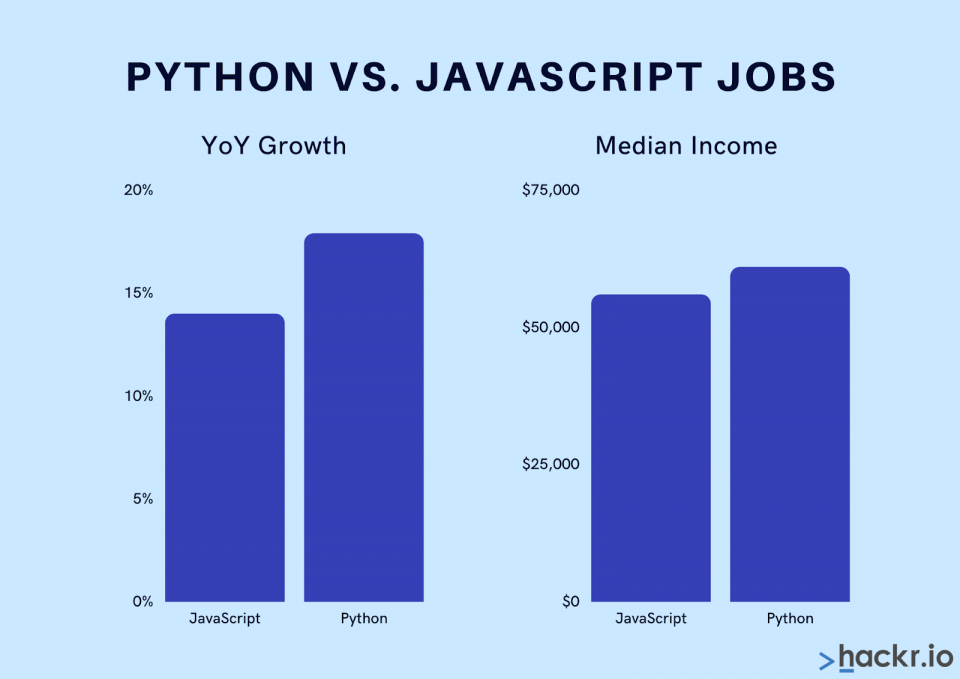
When we look at Python and JavaScript, it's essential to understand that they serve different purposes in software development. Their origins and objectives set them apart, making a direct comparison somewhat unfair.
Yet, these distinctions actually make them complementary tools in today's digital landscape.
JavaScript currently stands out as the go-to choice for building websites and mobile apps. While it's expanding its capabilities beyond web development, it's uncertain whether it can fully replace Python. Python's strength lies in its readability, simplicity, and prowess in handling data, making it likely to dominate fields like machine learning and education.
In summary, factors like project requirements and developer availability play crucial roles in selecting the right tech stack.
When to use JavaScript or Python?
When deciding between Python and JavaScript for a project, understanding their strengths and typical use cases can guide your choice.
Python shines in scenarios where:
- Server-side Web Development: Python is excellent for building web applications on the server side. Frameworks like Django and Flask make it easy to develop robust and scalable web applications.
- Workflow Automation: Python's simple syntax and rich ecosystem of libraries make it ideal for automating workflows and tasks. Whether it's file manipulation, data processing, or system administration, Python's versatility makes it a go-to choice.
- Data Management and Analysis: Python's extensive libraries, such as Pandas, NumPy, and SciPy, empower developers and data scientists to handle vast amounts of data efficiently. It's widely used in data science, machine learning, and scientific computing.
- Prototyping and Production Software: Python's ease of use and rapid development capabilities make it perfect for prototyping new ideas and developing production-ready software quickly.
On the other hand, JavaScript excels in these situations:
- Front-end Web Development: JavaScript is essential for building interactive and dynamic user interfaces on the web. It's the backbone of modern web development, allowing developers to create engaging experiences for users.
- Mobile Application Development: With frameworks like React Native, JavaScript can be used to develop cross-platform mobile applications. This enables developers to write code once and deploy it on both iOS and Android platforms.
- Game Development: JavaScript offers numerous libraries and frameworks like Phaser and Three.js, making it suitable for developing browser-based games and interactive multimedia experiences.
- Client-side Interactivity: JavaScript enables developers to add interactivity to web pages, such as form validation, animations, and responsive design, enhancing user experience and engagement.
- Server-side Development (Node.js): While traditionally used for front-end development, JavaScript's runtime environment, Node.js, allows developers to build scalable and high-performance server-side applications.
Conclusion
When diving into web development, the classic trio of HTML, CSS, and JavaScript stands out as the go-to starting point. However, if your interests lie in delving into machine learning, data science, or neural networks, Python emerges as the superior choice. Ultimately, the decision between these two languages goes beyond mere market trends; it hinges on aligning with your specific goals.
Python offers versatility comparable to JavaScript, enabling you to achieve virtually anything within its realm. Both languages boast features like lexical scoping and support multiple programming paradigms. Nevertheless, they each possess distinct nuances that warrant consideration.
Both Python and JavaScript benefit from extensive libraries and extensions, expanding their capabilities beyond their core functionalities. While both languages offer ample job opportunities, Python's broader market presence and user-friendly nature give it an edge.
Now, it's your turn to decide which programming language best aligns with your objectives.
FAQs
1. Is JavaScript a good career choice?
Mastering JavaScript opens doors to lucrative frontend development opportunities.
2. Which should I learn first - JavaScript or Python?
If you're venturing into web development, start with JavaScript for frontend or Python for backend focus.
3. Can I learn python myself?
Absolutely! Numerous online resources cater to self-learning Python, making it accessible to beginners.
4. Can Python replace JavaScript?
Python and JavaScript serve distinct purposes; Python excels in backend tasks while JavaScript dominates frontend interactivity.
5. Can I use Python with HTML and CSS?
Yes, understanding the basics of web development, including HTML and CSS, complements Python for backend programming.


